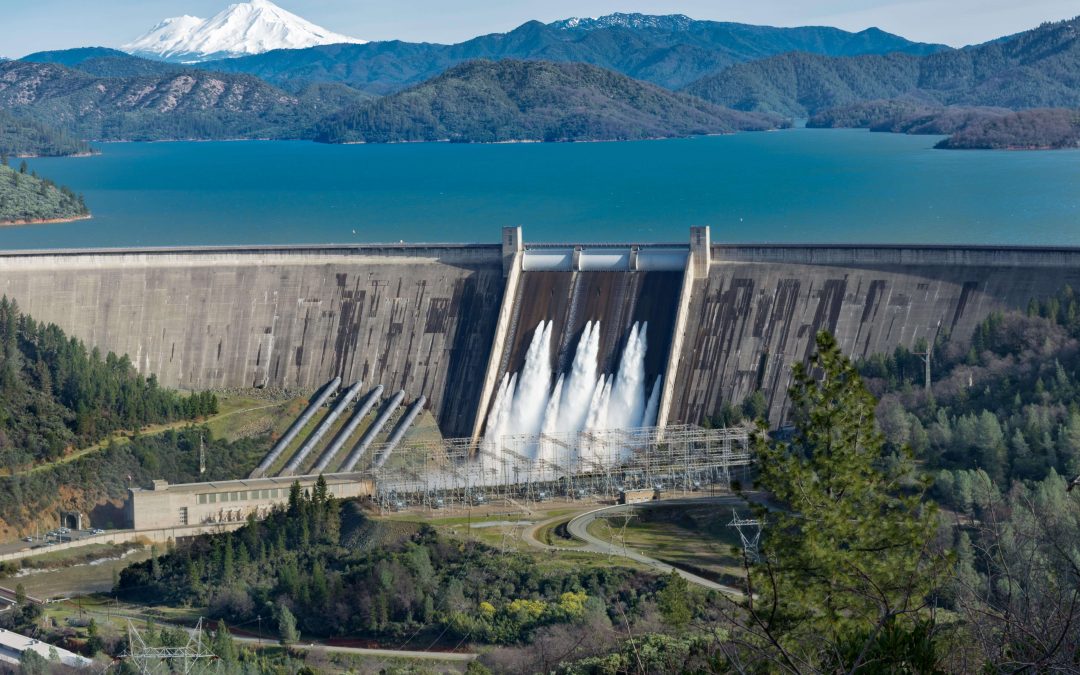
The purposes of dams
A dam is a barrier across a river to hold back river water for safe retention and storage of water or control the water flow. Dams divert the river flows into a pipeline, a canal or a channel. Dams result in substantially raising water levels in the river over a large area, creating storage space. Here are some of the purposes of dams.
Dams for the purpose of irrigation
Half of the world’s large dams are exclusively or primarily for irrigation. The majority of dams are multipurpose in nature, but irrigation is the largest user of the waters withdrawn. Dams enable harnessing of large water resources, to meet the needs of fast-growing societies.
Dams for the purpose of hydropower
A dam stops the flow of the river and causes the water level to rise. The higher water level then allows for harvesting the energy through the falling of that water. The reservoir the dam creates acts as stored energy. Water then flows from high to low through turbines within the dam. The water spins the turbines which are connected to a generator to turn the rotor which then creates the electric power.
Dams for storage of water
Not all the water stored behind dams is withdrawn for use. Storage provides insurance against uncertainty due to climatic variability. Furthermore, it can help reduce variability in season’ slow flows in rivers and save societies from economic upheavals and losses due to flood and drought.
Dams for flood control
The water level of a reservoir needs to be below a certain level before the onset of the monsoon season. This is so that when the monsoon rains come, there is space to store the excess rainwater. Additionally, water can be released in a regulated manner, thus preventing floods downstream when there is heavy inflow to the dams. Purposes of dams for flood control impound floodwaters and then either release them under control to the river below the dam or store or divert the water for other uses.
Multipurpose dams
Storage that serves the need for irrigation, domestic and industrial water supply, power generation and recreation can be more efficient and cost-effective than storage serving single purposes. But multipurpose dams also have some disadvantages. Different uses of water have different and sometimes conflicting requirements in terms of storage, use and releases.
Thanks for taking the time to read our blog post the purposes of dams. Do you want to study abroad in Spain? Take a look at our Water engineering study programme and feel free to talk to our counsellor for more information.

Recent Comments